AN OEM CAPS & HATS MANUFACTURER
We Provide One-stop Service From Sampling、Procurement of Fabric & Accessories、Larger-scale Production、Inspection、Shipping and Customs Clearance.
OUR superiorities
LOWER PRICES
Due to the stable cooperation with the raw material suppliers, our factory can purchase fabrics and accessories at the fastest time and the cheapest price. Coupled with large-scale production line, our cost is well controlled.Without the participation of middlemen, our cooperation will be more profitable and more efficient.
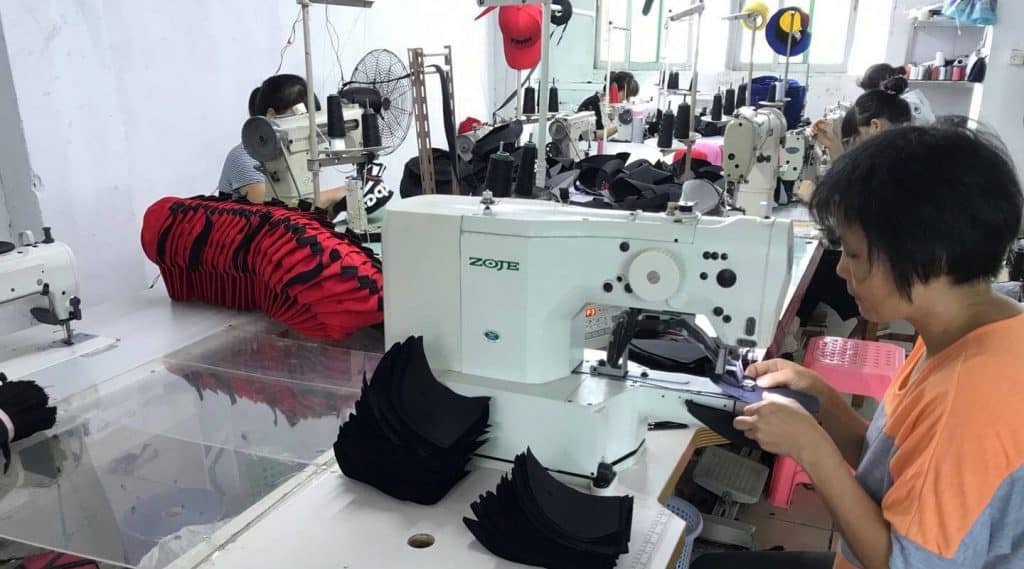

RAPID SAMPLING
You can provide us with design drafts and requirements, or you can send us samples. Our technician will select the right material to make samples as quickly as possible and express confirmation to you with a very good quote.
HIGH PRODUCTION
As we have long-term cooperative relations with several large fabric suppliers、accessories suppliers、printing and dyeing plants、embroidery factories, etc., we can get the supply of raw materials at the best price in time.Coupled with the scientific management scheduling of several of our large garment processing plants, you can ensure that your order is completed in a timely manner.
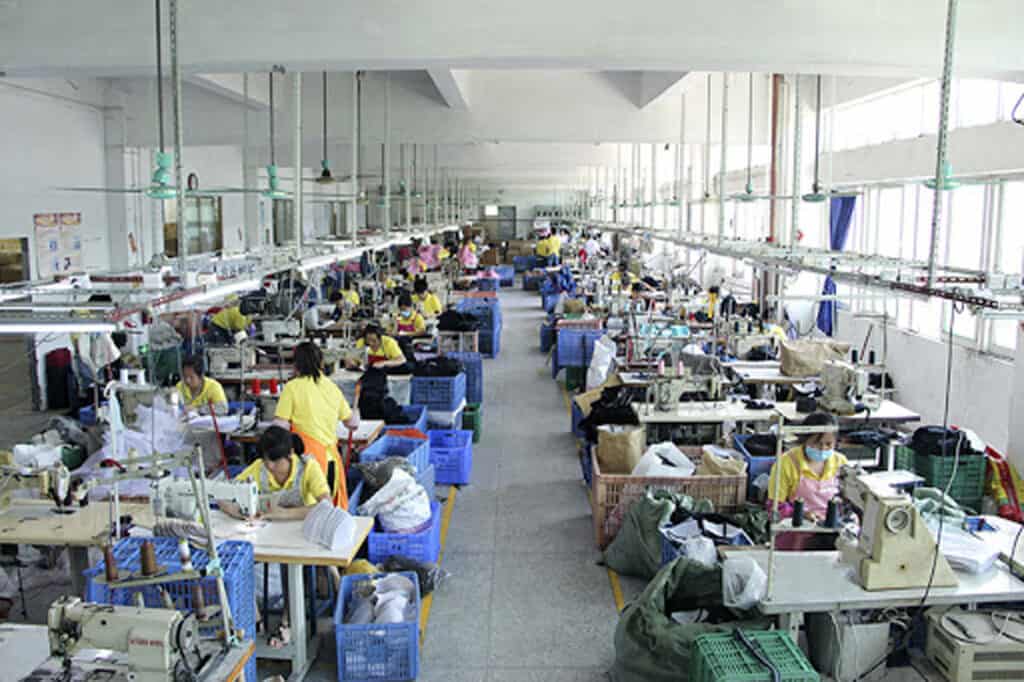

WORLDWIDE SHIPPING
Usually our departure port is Shanghai.If you have your own designated freight agency, we will sign a FOB contract with you, and if you need us to ship the goods to your designated location, we will sign a CIF contract with you. In addition to the advantages of prices, our transportation costs are also advantageous, whether by air or sea.
RECENT ORDERS RECEIVED
-

Extra-large Rhombic Air-permeable Polyester Cap
$2.90 -
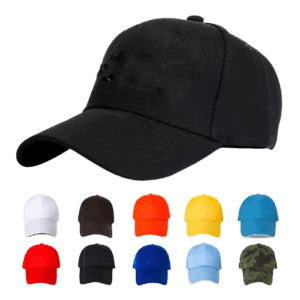
Custom LOGO Polyester Cap for Waiter & Waitress
$1.80 -
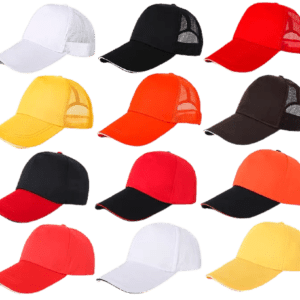
OEM Wholesale Customized LOGO Mesh Cap for Summer
$1.90 -

New Fashion Wholesale Glitter Mesh Cap for Lady
$3.76 -

Shivering Flower Pattern Dyed Polyester Baseball Cap
$3.30 -
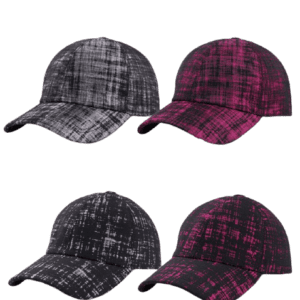
Slap-up Dyed Casual Thermal Baseball Cap
$19.80 -
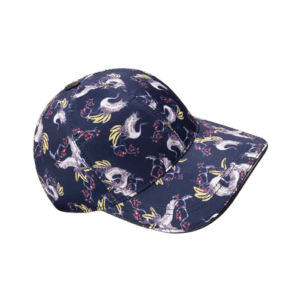
Crane Design High Quality Thermal Polyester Cap
$12.50 -
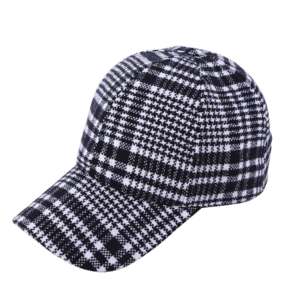
New Style OEM Plaid Polyester Baseball Cap Dad Cap
$4.80 -

British Style Retro Plaid Woolen Baseball Cap
$12.50 -
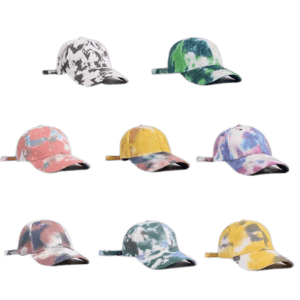
New Fashion Tie-dyed Camouflage Cotton Cap
$2.50 -

OEM Wholesale Graffiti-art Cotton Printed Cap
$4.90 -
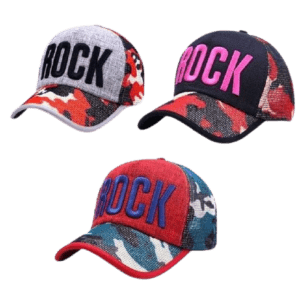
Colored Air-permeable Casual Baseball Cap Dad Cap
$3.40 -
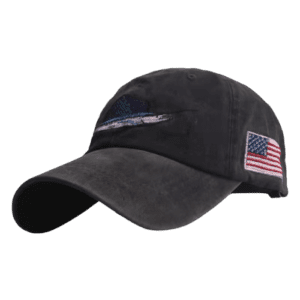
OEM Wholesale Water-washed Embroidery Cotton Cap
$2.20 -
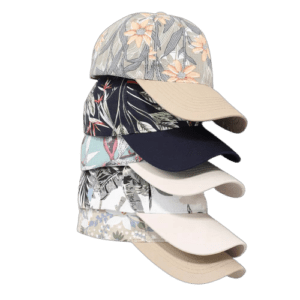
OEM Wholesale Flower Pattern Printed Baseball Cap
$2.10 -

Air-permeable Embroidery & Printed Baseball Cap for Summer
$2.90 -

OEM Wholesale Graffiti-art Cotton Printed Hip Hop Cap
$4.38 -
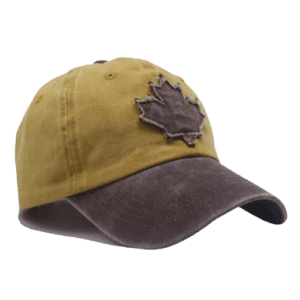
Water-washed Multicolor Embroidery Baseball Cap
$2.50 -

Worn-out Cotton Embroidery Hip Hop Cap Dad Cap
$4.80 -
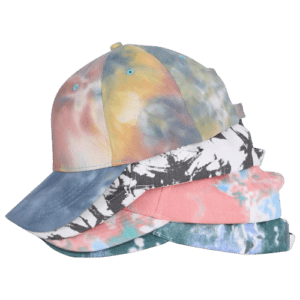
New Style Tie-dyed Baseball Cap Dad Cap
$2.30 -
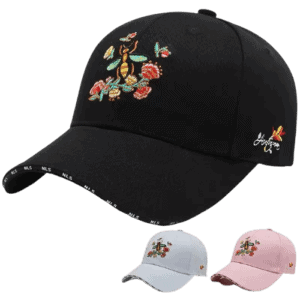
Apis Florea Embroidery Baseball Cap Dad Cap
$3.30 -
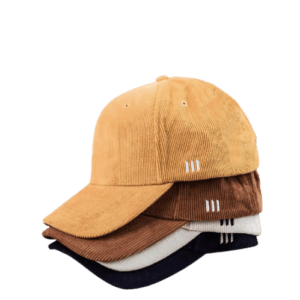
High Quality Corduroy Pure Color Baseball Cap
$3.60 -

Women’s High Quality Printed Sports Cap Dad Cap
$4.00 -

New Style Set Auger Baseball Cap Dad Cap
$3.90 -

The Forbidden City Embroidery Baseball Cap Dad Cap
$14.80 -
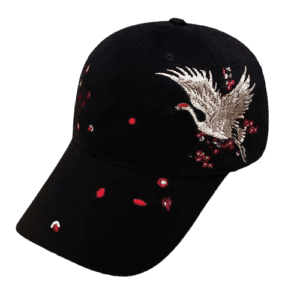
Chinese Style High Quality Embroidery Cotton Cap
$4.00 -
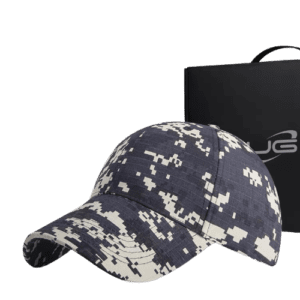
New Style Camouflage Color Cotton Dad Cap Combat Hat
$4.30 -

Polyester Quick-dry Air-permeable Thin Cap
$2.50 -

Spandex Air-permeable Long-brim Cap
$3.60 -

Cotton Embroidery Caps for Navy Seals
$1.30 -

Denim Worn-out Embroidery Cap Dad Cap
$1.50 -

Cotton Embroidery Army Cap Service Cap
$1.00 -
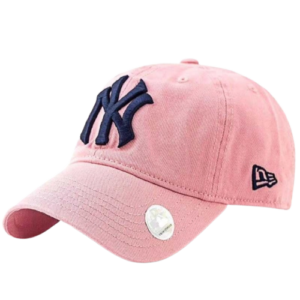
New Fashion NY Cotton Embroidery Cap
$4.50 -
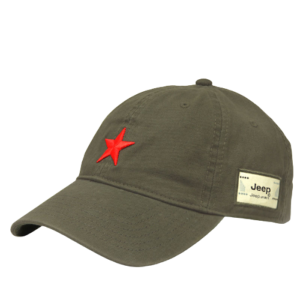
JEEP Cotton Classical Baseball Cap Dad Cap
$4.50 -

Fluorescent Luminescent Hip Hop Canvas Cap
$1.76 -
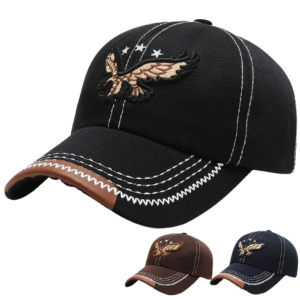
100% Cotton Embroidery Sun Cap Baseball Cap Dad Cap for Man
$1.00
Want to Know More?
LET'S TALK
Fill in your info to schedule a time to talk. We Promise not to Use Your E-mail for Spam.

A General Guide to Headwear and Hat Manufacturers

Apart from the outfit, a hat has been a distinct element in one’s fashion expression. Hats are used to accentuate a certain style. Sometimes they supplement and complement the look. Sometimes, they’re even the primary style element followed by the whole ensemble!
This discussion focuses on basic ideas and information related to modern hats. We’ll take a look at factors and processes that hat manufacturers follow in production.
But first, let’s backtrack a bit on the history of hats. Hats primarily suit a practical purpose, that is, to protect the head from the elements. It would be easy to imagine that even during the time of modern man’s ancestors, they already learned to put some sort of material on top of their heads for protection from the rain or heat.
The history of hats or headwear is a long one. Back in 1908, a man in Lower Austria found the 30,000-year-old Venus of Willendorf figurine. It was a limestone carving of a woman wearing what appears to be a woven hat. A bear hide cap has also been found with the remains of a man dating back to the bronze age. Apart from that, many ancient carvings, murals, and paintings from all across the globe have presented people wearing headwear of various shapes and designs. Hats have since evolved from functional wear to a style element to suit various occasions.
MANUFACTURING PROCESS
Hat manufacturers employ a process that involves several steps starting from design creation till finished product delivery. There are three basic stages involved in making a hat – cutting, sewing, and finishing. Each stage requires specific skills and equipment from hat manufacturers. Cutting refers to removing unwanted parts of the material used to make the hat. Then, sewing means joining together pieces of fabric to form the complete shape of the hat. Finishing includes adding embellishments such as buttons, bows, etc., to give the hat its final touch.
Cutting
In order to cut the required pattern, first, the designer needs to draw the outline of the desired hat. The hat manufacturers would then transfer the pattern onto paper. Next, the design must be traced over again onto another piece of cloth. Finally, the pattern is cut out of the fabric. Depending on the material being used, the cutter uses either hand tools, power machines, or combinations thereof.
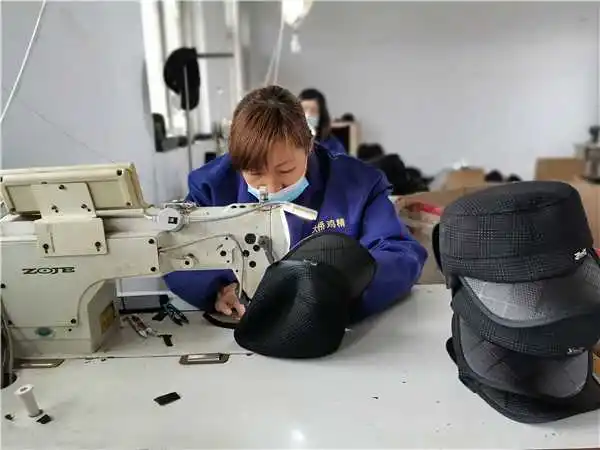
Sewing
After the pattern has been drawn, the fabric is folded according to the design. The seam allowance is added at the fold line. Once the seams are stitched, the fabric is unfolded and pressed open. Hat manufacturers then attach the lining along the inside edge of the hat body. This helps prevent fraying and provides extra strength and durability. Hat manufacturers make linings from various types of material, including cotton, polyester, nylon, silk, leather, etc. The lining may have different thicknesses depending upon the style of the hat.
Finishing
After the hat manufacturer stitches the lining, the outer layer of the hat is sewn around the inner lining. The stitches are carefully placed so that no gaps appear. However, there are some areas where the stitching does not meet. These spots are called ‘seam allowances.’ They allow the hat to move freely without getting stuck. All the seams are trimmed off, leaving only the seam allowances. To finish the hat, the trimming is usually done manually. Some hat manufacturers use automated machinery to do this job. After completing the work, the hat is washed thoroughly and dried.
Fabrics and materials used by hat manufacturers

Technology has allowed hat manufacturers to explore and create more designs by employing various materials and fabrics. Here are a few of the most commonly used by hat manufacturers today:
Cotton
The most popular material used by hat manufacturers worldwide, cotton has been around since the beginning of human civilization. Although cotton is relatively inexpensive, it does not last forever.
Nylon
Nylon is often referred to as “the miracle yarn” because of the properties it provides. First of all, it is extremely strong yet flexible enough to mold into almost anything from clothing to shoes to accessories like caps. Second, it is resistant to water which means it doesn’t easily get damaged if exposed to moisture. Thirdly, it resists fading and mildewing. Finally, it is durable and will hold up well against repeated washing cycles. Hat manufacturers also recognize nylon’s excellent breathability, meaning it won’t trap sweat inside.
Acrylic/polyester
Hat manufacturers have seen that acrylics are lightweight but offer good insulation. Polyesters are stronger than acrylics. However, they tend to stretch less and shrink slightly after exposure to high temperatures. Both types of fibers are available in different weights ranging from fine denier to extra thick. Each type comes in both solid colors and prints.
Wool
Wool is one of the oldest known man-made fibers. Its softness and warmth made it a favorite among early humans who needed protection during cold weather. That is why hat manufacturers also use it. The beanie is a classic example of a hat made from wool, but other types of headwear use this material.
Linen
Linens come in two varieties: linen wool and hemp. Hemp was initially cultivated in India and China. In fact, there are some historical references indicating that ancient Chinese men wore hats woven from hemp leaves. Since then, linen has become increasingly popular among hat manufacturers.
Silk
Its lustrous appearance and luxurious texture make it highly desirable in various garments as well as hats. Hat manufacturers have noted silk’s excellent moisture-absorption and heat-management characteristics.
Leather
Leather is commonly associated with belts, wallets, jackets, briefcases, gloves, and footwear. But did you know hat manufacturers also use leather? Yes! Hats made from genuine cowhides are quite fashionable. Cowhide is generally considered the best choice for outdoor activities where you’ll likely encounter rain or snow. Calfskin is softer than cowhide and works perfectly in indoor environments. Other hat manufacturers’ options include ostrich skin, crocodile skin, lizard skin, snakeskin, shark skin, seal fur, fox fur, rabbit fur, kangaroo hide, and deer hair.
Straw
Straw is another traditional fabric used by hat manufacturers. Stiffer versions of straw are usually preferred when creating items such as baseball caps. On the other end of the spectrum, hat manufacturers have observed that very thin pieces of straw work better when producing things like visors.
Felt
Felt is similar to felt cloth, except it contains little or no down feathers. Like straw, felt is widely used by hat manufacturers. Some examples include fedoras, bowler hats, top hats, flat caps, bucket hats, etc.
Plastic
Hat manufacturers have used plastic in various features and parts of headwear. As a shielding material, it is very effective against the sun’s harsh rays. Hats and headwear fully made of plastic are much easier to clean than those made of fabric.
Types of Hats
Hats and headwear all over the world come in all sorts of forms and sizes. Here are some of the most widely produced types and styles made by hat manufacturers today:
Baseball Cap

A baseball cap is an iconic piece of Americana. The first ones were worn by ball players back in 1869. These hats remain extremely popular because of their versatility, making them ideal for casual outings, sporting events, picnics, camping trips, festivals, and more. Hat manufacturers soon developed several variations of baseball caps, including snapbacks, knit caps, truckers’ caps, and even novelty designs.
Berets
The beret is a type of soft wide-brimmed hat traditionally worn by Frenchmen during the 19th century. Initially designed to protect the wearer’s eyes from flying debris, they later evolved into fashion accessories. Although not technically a form of headgear, it may be worn over a regular hat. Nowadays, hat manufacturers produce berets that are widely worn by both women and men around the world.
Caps
Caps come in many shapes and sizes. From round to square, they range from simple cotton sweatbands to elaborate creations featuring embroidery, lace trimming, buckles, tassels, bows, flowers, and more. In addition to serving as a fashion accessory, caps have numerous practical uses. For example, they help keep your ears warm during cold weather, prevent water droplets from getting into your ear canal, provide protection, and offer additional coverage if needed.
Flat Brimmed Hats
These hats cover almost half of your forehead and leave the rest exposed. Usually, hat manufacturers add two straps on each side for adjusting their fit. Although flat brims look simple, they require proper fitting.
Fedora Style Hats
This type of hat resembles a crown. Its peak covers most of the head except for the ears. Fedoras don’t provide much protection against direct exposure to the sun, but they can shield the eyes from the wind. Berets come in various shapes and sizes, so choose one based on how big your face is. For example, if you have a large face, choose one with a wider peak.
Bucket Shape Hats
Unlike the previous two varieties of hats, bucket-shaped hats completely conceal the entire head. Their broad peaks make them suitable for people having round faces or those suffering from baldness. Since they hide everything, they tend to attract attention. Hence, some think that they should never be used as casual attire.
Bowler Hats
Bowler hats resemble bowling shoes made famous by John Wayne. These types of hats are usually associated with country music stars such as Willie Nelson and Waylon Jennings. Bowler hats also feature a small visor that helps shield the user’s eyes from sunlight and rain.
Hooded Caps
Similar to bowler hats, hooded caps are often associated with country singers. Hooded caps generally consist of a top portion and a bottom portion. There’s a drawstring that connects both portions. When pulled tight, the top part hides the lower portion. Once loosened, the upper portion becomes visible again. Some hat manufacturers have versions of hoodies that include extra features such as adjustable cuffs, elastic bands, and so forth.
Knit Cap Styles
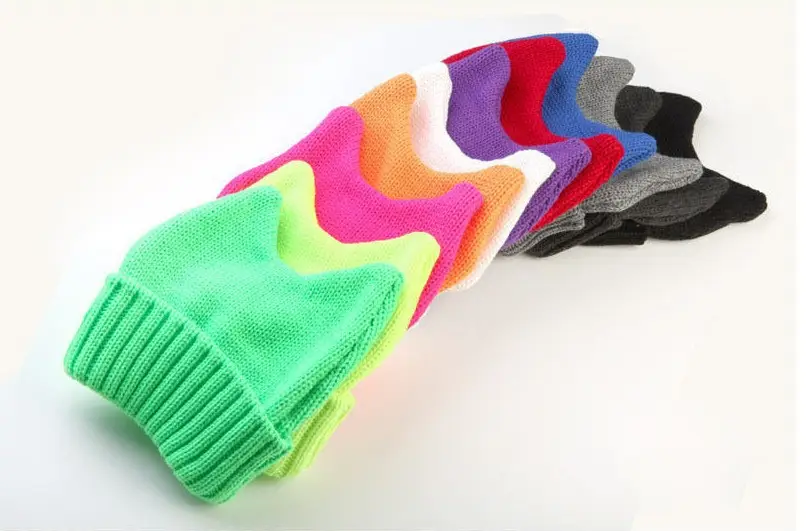
Like other styles of hats, knitted caps come in different colors, patterns, and materials. They can either be of a single color or multi-colored, and the material varies depending upon its intended use. Knits are soft and comfortable, making them perfect for working out at the gym or playing sports. On the contrary, knit fabrics may become uncomfortable when worn continuously over an extended period of time.
Pom Pom Hats
Like ponchos, these hats feature decorative ribbons tied around the circumference of the cap. You typically find pom poms on children’s clothing items. We rarely see adults wear them. Nevertheless, pompoms are still popular among kids. This hat style has been gaining popularity recently due to celebrities including Justin Bieber and Selena Gomez sporting this kind of hat.
What makes a good hat?
Hat manufacturers have put a lot of thought and effort into their products. So, there are several things that you should consider before purchasing a hat.
First, consider what shape will best fit your face. Is it too large or small? If it looks too big, try putting it inside another larger size. Also, check how much room remains above the ears. Do you need extra space?
Next, think about color. Will it match everything else in your wardrobe? What colors do you already own? Remember to keep in mind what season you’ll be wearing it. You might want to avoid bright colors in the summertime.
Finally, decide whether you’d rather buy a brand-name hat or a generic model. Generic models usually cost less money, but sometimes they’re just as lovely as branded items.
Whichever way you decide, remember that buying a great-looking hat doesn’t necessarily mean spending lots of money. Many inexpensive brands and hat manufacturers offer high-quality products.
How To Buy a Great Looking Hat
It isn’t always easy finding the perfect hat. It takes time and effort to look through hundreds of different styles until you finally settle on one that suits you perfectly. Here are some tips to help you narrow down your choices:
1) Try on every hat available. This can take hours, if not days. Don’t worry; this won’t hurt anything! Just make sure you’re careful.
2) Make a note of where each item sits on your head when you put them on. Does the crown sit higher than the rest of the hat? Are the sides sitting lower than the center point? Can you see the entire circumference of the hat around your forehead without having to tilt your head forward?
3) Think about the style of the hat. How does it feel against your skin? Is it comfortable? Would you wear it for long periods?
4) Consider the price tag. A cheap hat may appear attractive because it costs so little, but it could also have poor materials. Be careful to choose only well-made goods.
5) Check out the label. Some hat manufacturers use inferior adhesives that peel off easily. Others add chemicals that cause irritation to sensitive areas like the scalp. Choose carefully.
6) When choosing between two similar hats, go with the one that feels better. For example, if both hats are black, then pick the one with softer edges. If they’re both wool, then get the one that’s lighter or shinier.
7) Take advantage of sales. Many stores offer discounts during certain times of the year. You might be able to find great deals on quality products while still looking fashionable.
9) Remember that what looks good today will probably look bad tomorrow. So buy wisely. And remember to keep up with maintenance as recommended by hat manufacturers. Your new hat is just going to need regular washing and drying after all.
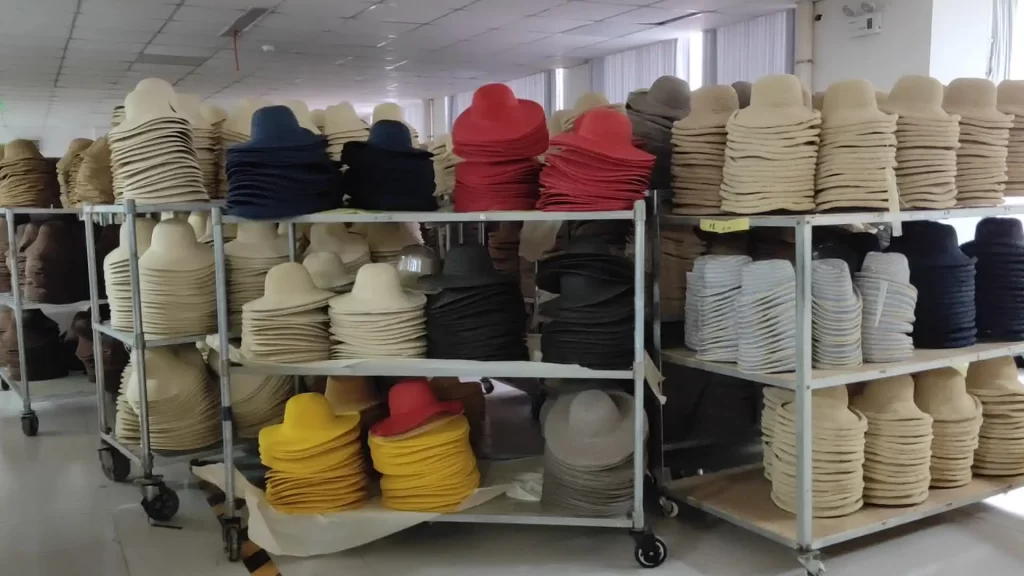
Care and cleaning of hats
Given that hats are made of different materials, hat manufacturers suggest you keep in mind a few ideas to care for them properly.
CARE OF COTTON FIBER AND WOOLEN HATS
Woolen and cotton fiber both require regular care. Regular washing helps maintain the shape of the hat. Cleaning prevents dirt accumulation, thereby preventing mold growth. Allowing the hat to air dry helps avoid moisture buildup inside. Moisture causes mildew formation, which ruins the appearance of the hat. To prevent mildew, store the hat in a dark place where there’s no humidity. Hat manufacturers also advise against keeping the hat near windows. Sunlight may cause damage to the hat.
MACHINE-CLEANING FOR HATS
To remove stains, hat manufacturers recommend using lukewarm water mixed with soap. Wash the stain thoroughly until it disappears. Use warm soapy water during cleaning. Never soak the hat in hot water. Hot water damages the structure of the hat.
MAINTENANCE OF FEATHER CAPS
Hat manufacturers caution that Feather caps need more maintenance compared to woolen and fiber-cotton caps. They’re prone to moth infestation. So, keep your hats away from direct sunlight, store them in boxes or drawers, and place them in well-ventilated areas. If you find any signs of moth infestation, hat manufacturers advise that you immediately call professional services.
Hat manufacturers have come up with various styles for different occasions. Whatever design you prefer, always remember to select one that fits properly. Otherwise, you might experience discomfort later on. Some hats can be expensive, so make sure you take into account what hat manufacturers recommend on the tags or in the packaging.
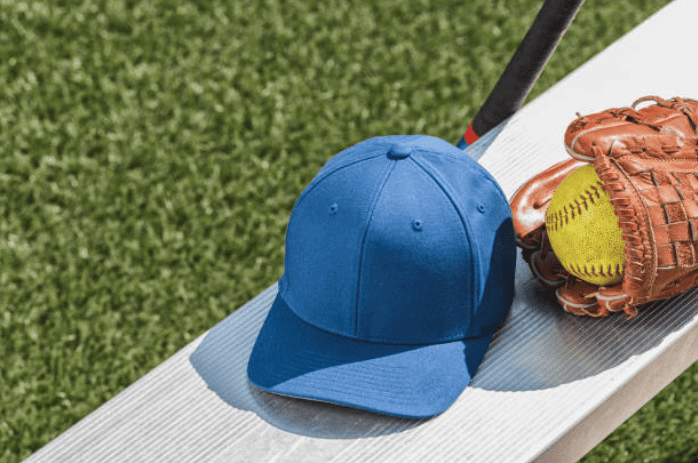
Quick Guide
Want to Know More?
LET'S TALK
Fill in your info to schedule a time to talk. We Promise not to Use Your E-mail for Spam.

